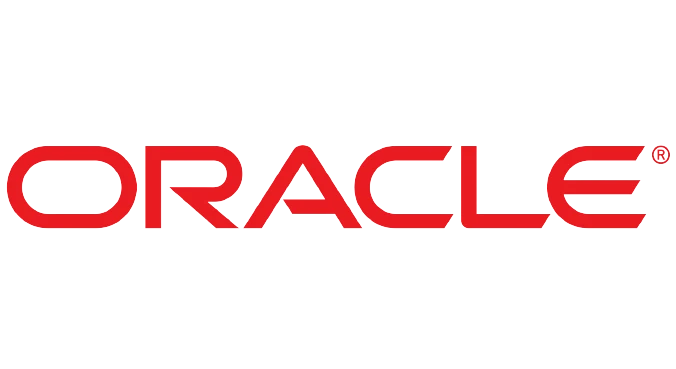Recent data management trends such as data lakes and NoSQL databases have disrupted traditional data architectures. As data management evolves, the practices of conventional data modeling struggle to keep up. But failing to model isn’t the answer. NoSQL doesn’t mean no data models! Data architects and data modelers must learn new skills and techniques to work in the world of modern data management.
Business intelligence and analytics systems challenge the proven data modeling techniques of the past. From requirements to implementation and application, new roles, uses, and kinds of data demand updated modeling skills. The data modeler’s toolbox must address relational data, dimensional data, unstructured data, and master data. Dimensional data is a core component of modern business intelligence and data warehouse implementations. Dimensionally organized data offers a more effective and adaptable foundation for BI and analytics needs than can be achieved with normalized data structures. The big data phenomenon expands the purpose and changes the role of data modeling. Data modeling is still an important process—perhaps more important than ever before. But data modeling purpose and processes must change to keep pace with the rapidly evolving world of data.
The Must-Have Skills for Modern Data Modeling workshop will cover essential techniques and best practices for data modeling over three days of in-depth, interactive training.
Audience:
Data architects, data modelers, and data engineers
Data warehouse and data mart designers and developers
Data integrators and database designers and developers
Anyone challenged with the need to combine structured and unstructured data for BI and analytics uses
Objectives
How entity-relationship modeling techniques are adapted for data warehousing and BI
How generalization and abstraction techniques enhance data warehouse design
How to apply data modeling techniques to gain understanding of data sources
Requirements gathering techniques for business metrics and dimensional data
How to build a logical dimensional data model
How to translate a logical dimensional model into a star-schema design
To distinguish between data store modeling (schema on write) and data access modeling (schema on read) and know when to use each
The scope and variety of data modeling techniques that work for modern data systems that include relational, dimensional, NoSQL, NewSQL, graph, and document databases.





















